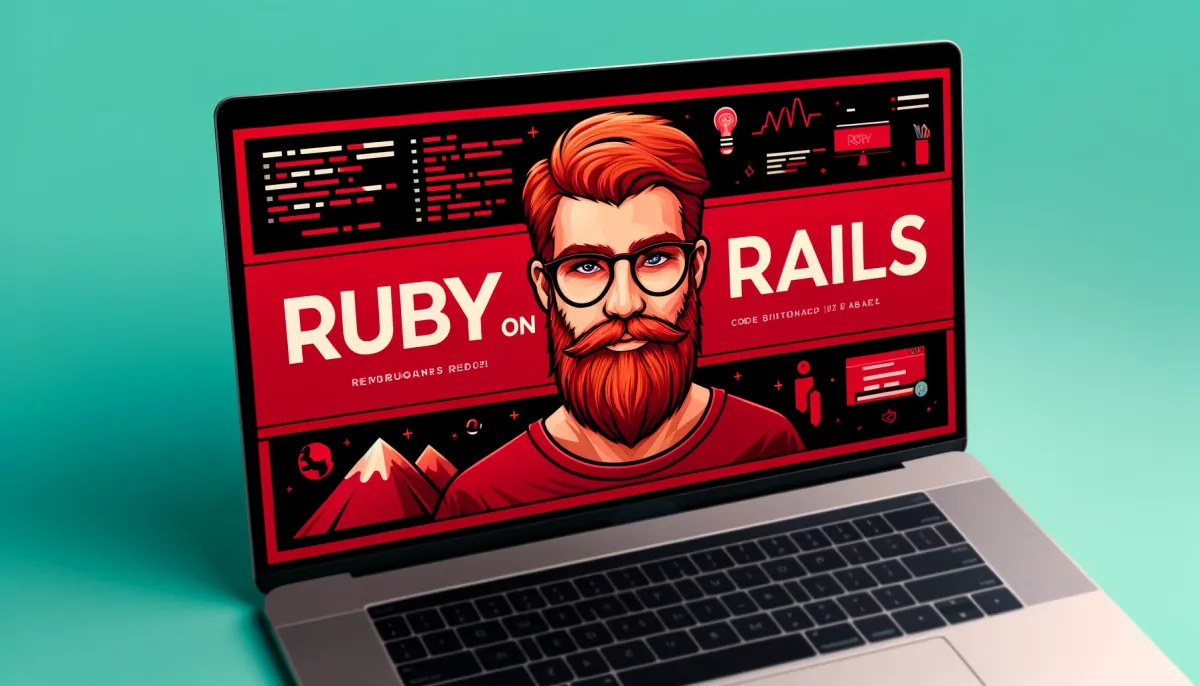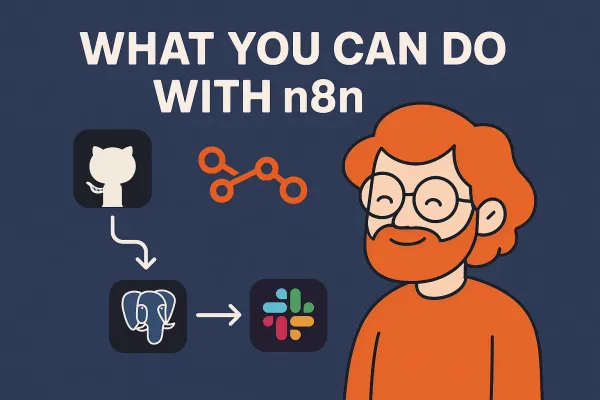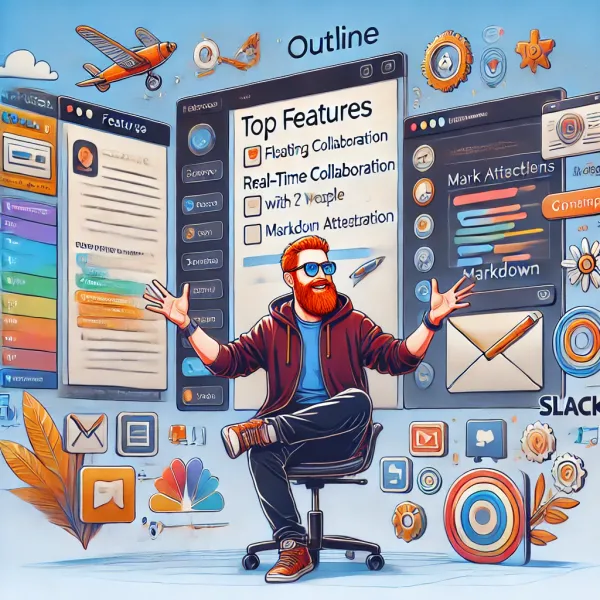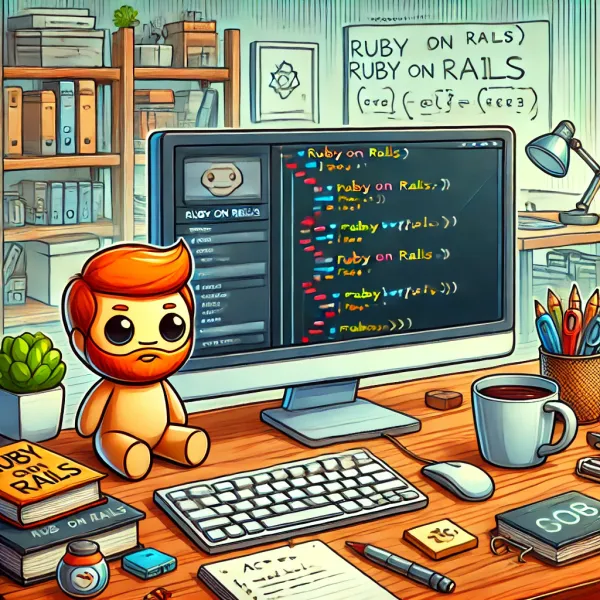Getting Started with Ruby on Rails: A Basic Guide

Ruby on Rails, often called Rails or RoR, is a popular web application framework built on the Ruby programming language. It simplifies web development by offering a convention-over-configuration approach and robust built-in tools. Whether you're a beginner or an experienced developer, this guide will help you understand what makes Ruby on Rails a great choice for building web applications.
What Is Ruby on Rails?
Ruby on Rails is an open-source framework that uses the Model-View-Controller (MVC) pattern to organize code and promote maintainability. It was created by David Heinemeier Hansson in 2004 and has since become a cornerstone in the web development community. Rails emphasizes developer productivity, rapid development, and ease of use.
Key Features of Ruby on Rails
Ruby on Rails offers several features that make it a popular choice among developers:
- Convention Over Configuration: Rails uses sensible defaults and conventions, reducing the need for excessive configuration.
- DRY Principle: Rails encourages the "Don't Repeat Yourself" principle, promoting code reusability and maintainability.
- ActiveRecord ORM: The built-in Object-Relational Mapping (ORM) system simplifies database interactions.
- RESTful Architecture: Rails follows REST principles, enabling clean and intuitive routing.
- Built-in Testing: Rails includes robust testing frameworks for unit, integration, and system tests.
- Scaffolding: Scaffolding allows you to quickly generate code for common tasks, accelerating development.
Learning Resources for Ruby on Rails
If you're interested in learning Ruby on Rails or improving your skills, here are some valuable resources to help you on your journey:
- Official Ruby on Rails Guides: The official Rails guides cover everything from getting started to advanced topics.
- Ruby on Rails Tutorial by Michael Hartl: This tutorial is a comprehensive introduction to Rails development. You can find it here.
- Ruby on Rails Community: The Rails community is active and supportive, with forums, mailing lists, and chat rooms.
- RailsCasts: Although no longer updated, RailsCasts has a vast library of video tutorials covering various Rails topics.
- Stack Overflow: The Ruby on Rails section on Stack Overflow is a valuable resource for getting answers to specific questions.
Getting Started with Ruby on Rails
If you're ready to start coding, here's a basic setup guide to help you create your first Rails application:
- Install Ruby: Ensure Ruby is installed on your system. You can download it from ruby-lang.org.
- Install Rails: Use the following command to install Rails:
gem install rails
- Create a New Rails Project: Use this command to create a new Rails application:
rails new my_first_app- Start the Rails Server: Navigate to your project folder and start the Rails server:
cd my_first_app
rails serverfreeCodeCamp Training Videos
Conclusion
Ruby on Rails is a powerful and flexible framework that has stood the test of time. Its focus on convention over configuration and developer productivity makes it an excellent choice for building web applications. With the resources and steps outlined above, you should be well on your way to becoming proficient in Ruby on Rails.




